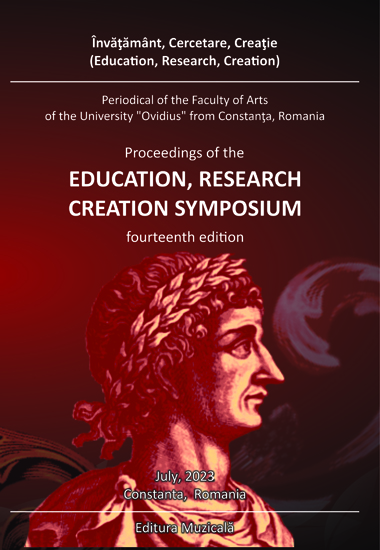Pronunciation in the Art of Singing in English and French During the Middle Ages
Pronunciation in the Art of Singing in English and French During the Middle Ages
Author(s): Radu-Corneliu FăgărășanSubject(s): Theatre, Dance, Performing Arts
Published by: Editura Muzicală
Keywords: language; pronunciation; Middle Ages; singing; music;
Summary/Abstract: In the Middle Ages, the English language was undergoing significant changes and evolution. During this period, English was heavily influenced by the French language, which was spoken by the Norman conquerors who ruled over England. One notable feature of Middle English and French in the art of singing was the use of various regional dialects and accents. Different regions of England had their own unique accents and pronunciations, which could be heard in the way singers performed their music. For example, singers from the north of England might have a different accent and way of pronouncing words than singers from the south. Another interesting aspect of Middle English in the art of singing was the use of rhyming and alliteration. Overall, the use of English and French in the art of singing during the Middle Ages played an important role in the development of English and French language and music. Through the use of different dialects, rhyming, and alliteration, singers were able to create powerful and evocative pieces of music that continue to be appreciated and studied today.
Journal: Învăţământ, Cercetare, Creaţie
- Issue Year: IX/2023
- Issue No: 1
- Page Range: 97-105
- Page Count: 9
- Language: English

